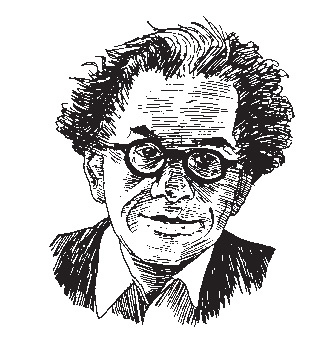Guy Nordenson recommends that New York City embrace climate change and start anticipating its consequences. Earlier this year he presented the American Institute of Architects with findings from a two-year research project that envisions how rising sea levels will impact the city. The problem facing New York is not higher sea levels alone, though these may be more than forty-eight inches higher at century’s end. What concerns Nordenson are the severe storms and hurricanes that will become more frequent and more powerful on elevated, warmer oceans. On the Water/Palisade Bay, the book-length report produced by Nordenson’s team, includes an “Atlas of Edge Conditions” that shows in high resolution how far the surging floods delivered by these storms could reach.
Yet Nordenson is optimistic. In the aftermath of 9/11, he led a volunteer effort to triage four hundred buildings impacted by the World Trade Center’s collapse. It has also been his fortune to work with some of the best minds of two generations. His first job out of MIT was a drafting gig at the Long Island City studio shared by Isamu Noguchi, Buckminster Fuller, and Shoji Sadao. Nordenson has since served as a structural engineer on many of the projects that will define the architecture of this decade: the Nelson-Atkins Museum of Art Addition, in Kansas City, Missouri; the New Museum of Contemporary Art, in New York; and the Linked Hybrid Building, in Beijing. He is also a professor of architecture and structural engineering at Princeton University, the coauthor of Tall Buildings, the editor of Seven Structural Engineers: The Felix Candela Lectures, and is credited with the design of the torqued and tapered World Trade Center Tower One that preceded the numerous iterations of the so-called “Freedom Tower” by Daniel Libeskind and David Childs/SOM.
You have reached your article limit
Sign up for a digital subscription and continue reading all new issues, plus our entire archives, for just $1.50/month.
Already a subscriber? Sign in





